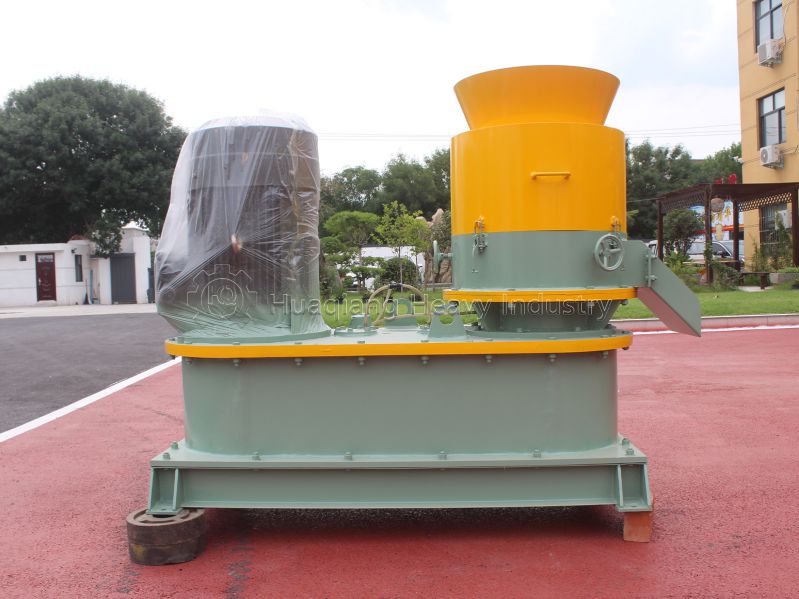In the production of organic and compound fertilizers, pellet formation is a key step in determining fertilizer quality. Flat die granulators, with their adaptability and low energy consumption, have become a mainstream piece of equipment in the industry.
This flat die granulator operates with a clear and efficient process: powdered raw materials fed from a hopper enter the granulation chamber, where they are squeezed into the die holes by the relative motion of a roller and a flat die. The exit cutter then cuts them into uniform cylindrical pellets, eliminating the need for complex pretreatment.

Its core advantages lie in three key areas: a granulation rate exceeding 90%, uniform pellet strength, and the preservation of nutrients such as nitrogen, phosphorus, and potassium. It is compatible with a wide range of organic materials, including livestock and poultry manure, straw, and humic acid, and can even successfully form crude fiber materials with low cohesiveness. Furthermore, it eliminates the need for additional drying, enabling direct pelletization with a moisture content of 20%-40%, significantly reducing energy costs.
Amid the trend toward green agriculture, flat die granulator environmental value is particularly prominent. Converting agricultural waste into structured granular fertilizer not only solves the pollution problem of straw and feces, but also improves fertilizer application efficiency. By using molds with different apertures, granule specifications can be flexibly adjusted to meet diverse fertilization needs.